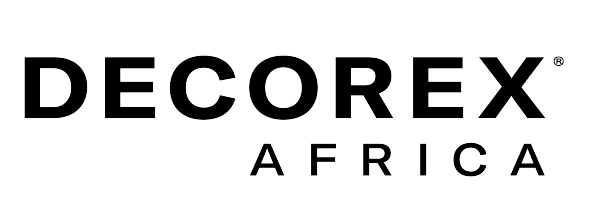We’re at an important juncture when it comes to realising the power of creativity – and creativity is being asked to fill two, seemingly opposing, roles. On one hand, we’re seeking pragmatism and solution-oriented design. Our world is uncertain and we want it to be tethered to some kind of reality. On the other hand, we’re desperate for experience and excitement. We’re living through the death of spontaneity, so we respond to escapism and novelty. I don’t think that these are necessarily in complete conflict. People contain multitudes, after all.
What this means is that there’s an opportunity to not only shape new spaces, experiences and objects, but to do it in a way that’s grounded in meaning and insight. We’re invited to re-make the world as we want it to be.
We’re in the middle of one of the most disruptive periods in modern history. It’s chaotic and uncertain, so we look to patterns and insights to guide us. Given the current chaos, we’re trying to find a signal in the noise. You and I know that it’s a worthwhile exercise, as macro social trends cause ripples impacting all aspects of our lives – how we make space, what we wear, and what we consume.
Chris Reid is a trend researcher and brand strategist, based in Cape Town and active around the world. Visit www.chrisreid.co.za for more.
Staying in touch
Increasingly, the digital and physical overlap. We work remotely, we shop online and we form parasocial relationships with people we’ve never met IRL. We have efficiency. We have access. What we need is more of the real.
The last two years taught us that the digital doesn’t replace the tangible, but it can enhance it. As much as Mark Zuckerberg can try to sell us property in the Metaverse, there’s a renewed focus on experiences and tactility. You just have to look to the renewed popularity of DIY hobbies to see how we’re seeking a re-connection with the crafted.
When it comes to our homes, this means we’re leaning into tactile surfaces and re-evaluating what it feels like to be here, now.
- Scribble Stems by Jana and Koos in vase by Pear Shaped Ceramics shot by Alix Rose Cowie
Curation as Currency
Consciously or not, one of the things that we’re all seeking at the moment is something that resembles what was once fondly known as ‘objective truth’. Covid’s most unsettling side-effect was to show us that it’s precarious to hold different opinions from those closest to us. At the same time, we’re increasingly realising that the information we consume is anything but neutral. It’s difficult to know who to trust, or from whom one can safely seek guidance, and with this shift comes an influence vacuum. Tracking this into the future, the value of curation will be reassessed and revalued. Like other misused terms from “gourmet” and “artisanal” to “bespoke”, “curator” is a moniker now diluted beyond all meaning. In fact, the role still wields power. It’s not hard to find an abundance of information, or content, now. It’s hard to discern. That’s why a point of view becomes such a powerful thing to possess.
- Muuto design process
Overlaid experience
While we’re grounding ourselves in the real, we’re also engaging with our worlds in a way that’s beyond digital. The rise of NFTs and virtual goods that exist online shows the ways in which we’re assigning value to the intangible, too. The cue for creatives is not to think digital first, but rather digital and physical in parallel. Emerging best practice is to look at replicating the real-world online, and then overlaying the digital. It’s not one or the other – it’s both at the same time. It’s hybrid and phygital.
- Daub side table by Mash T Design
- Hortensia Chair by Mooi
- Bamboo Armchair by MISSANA
African Allegiance
One of the biggest shifts over the last two years has been the mass localisation of experience. Whether because we’re effectively stuck in place, or because we’ve started to connect with our context in a more meaningful manner, we’re looking first to our immediate surroundings for partnerships and inspiration. That means a focus on local brands, neighbourhood retail, and home-grown talent. There’s also a shift in allegiance after the international reaction to Covid: regions are starting to band together. This is particularly true of Africa. Treatment of the continent, and the Global South more generally, has caused a sense of African solidarity to coalesce. Projecting this into the future, there’ll be accelerated intra-continental collaboration and sharing – both of resources and of creativity.
- BVia Wax Candles shot shot by Matt Slater
